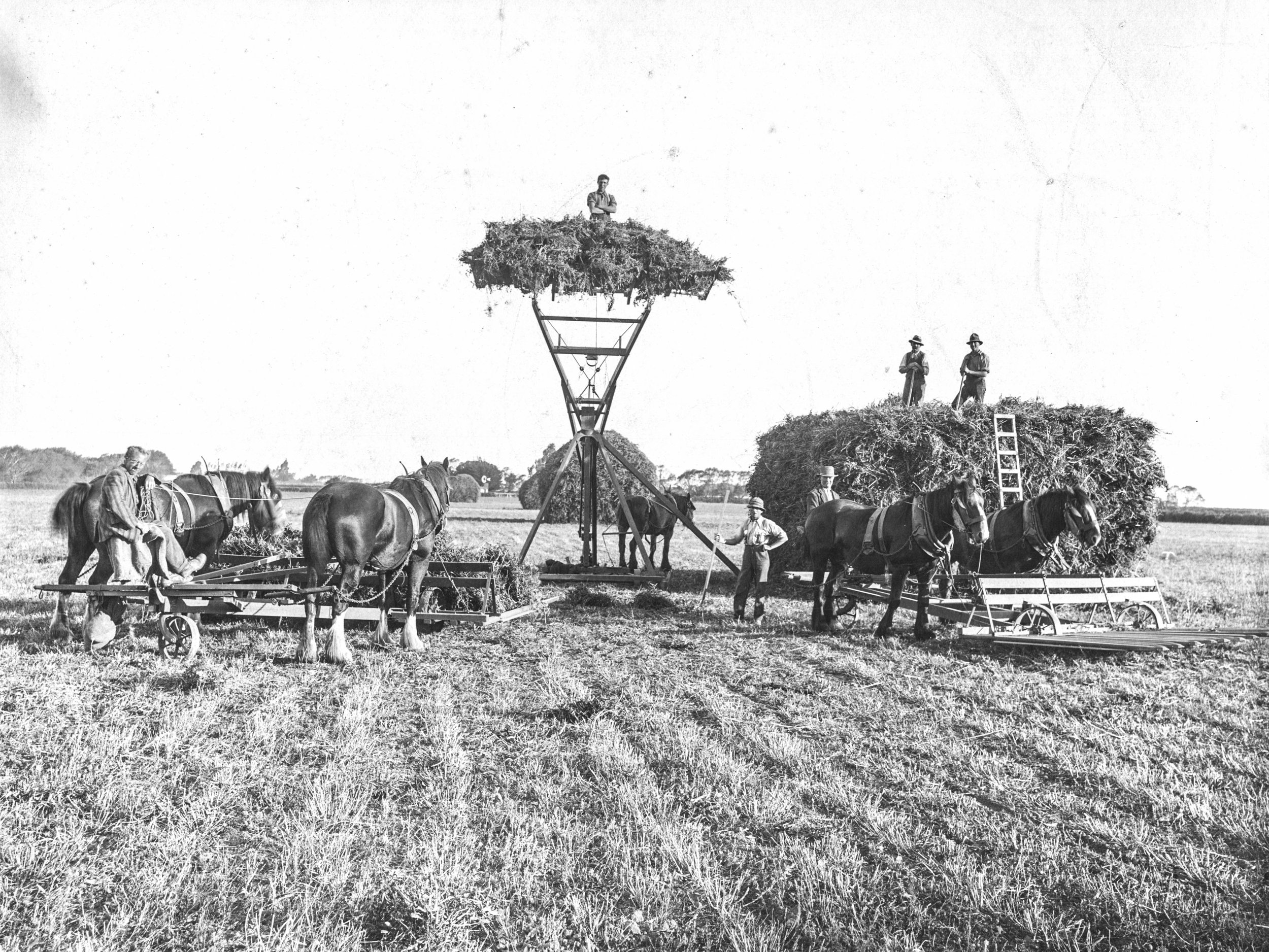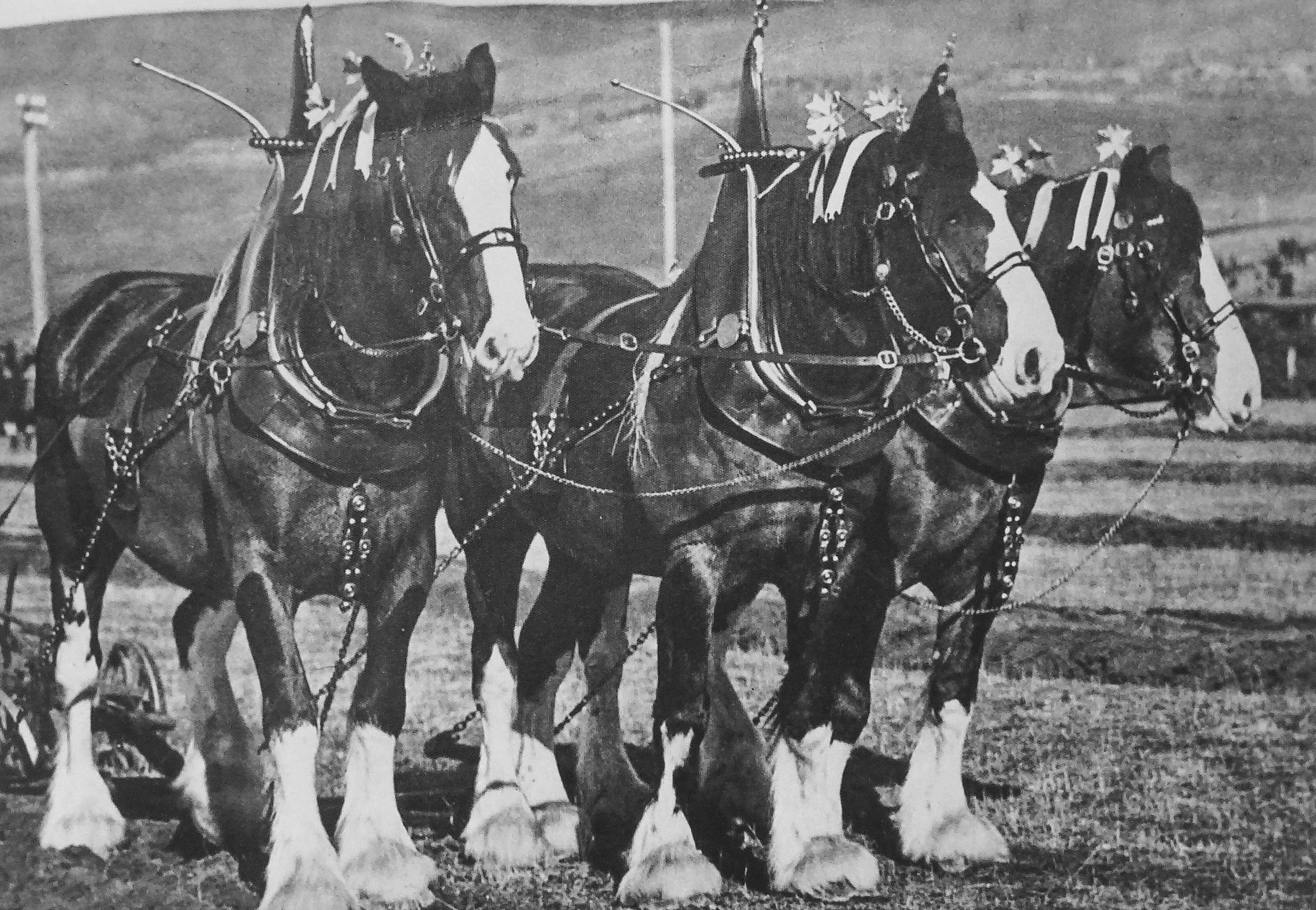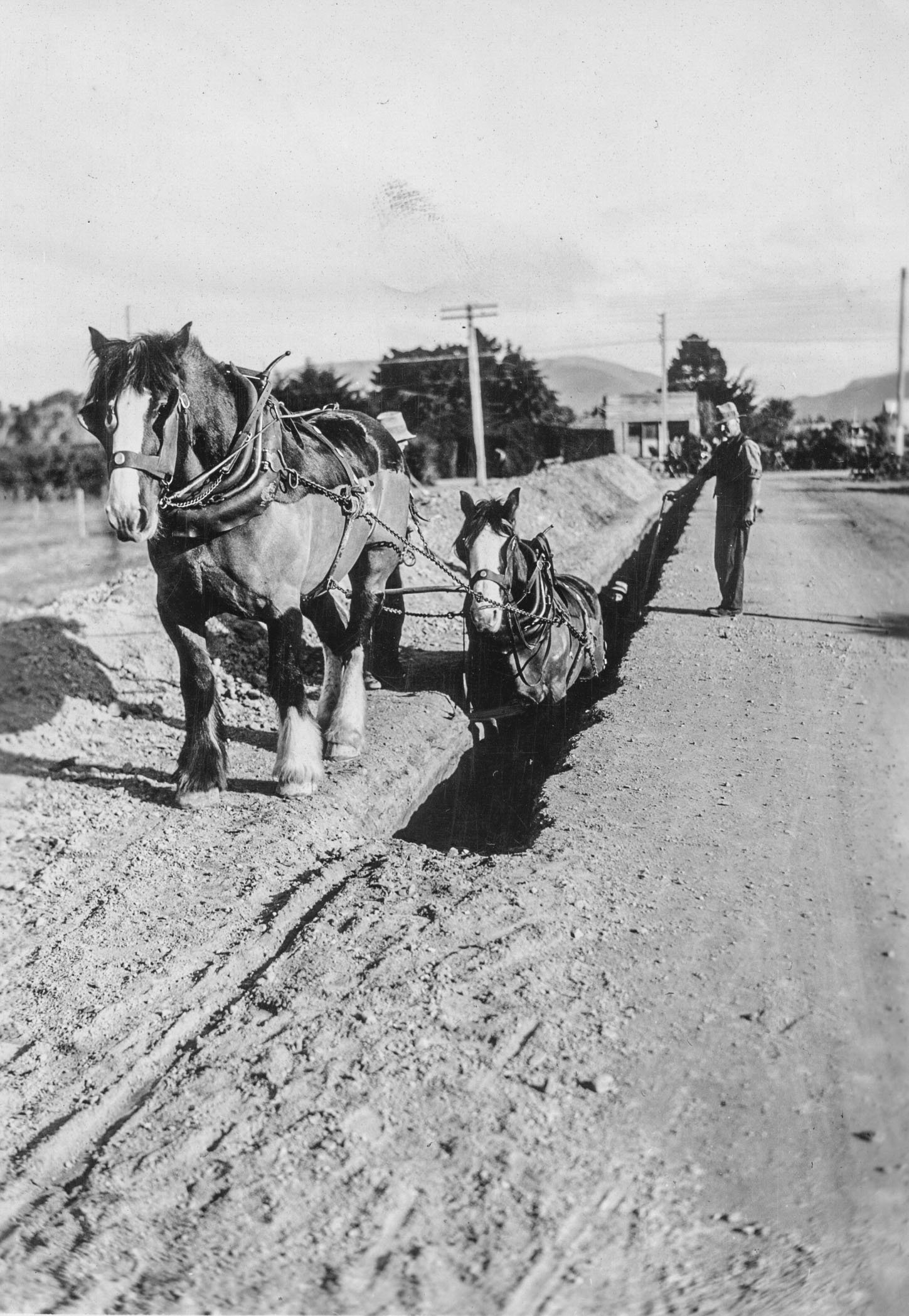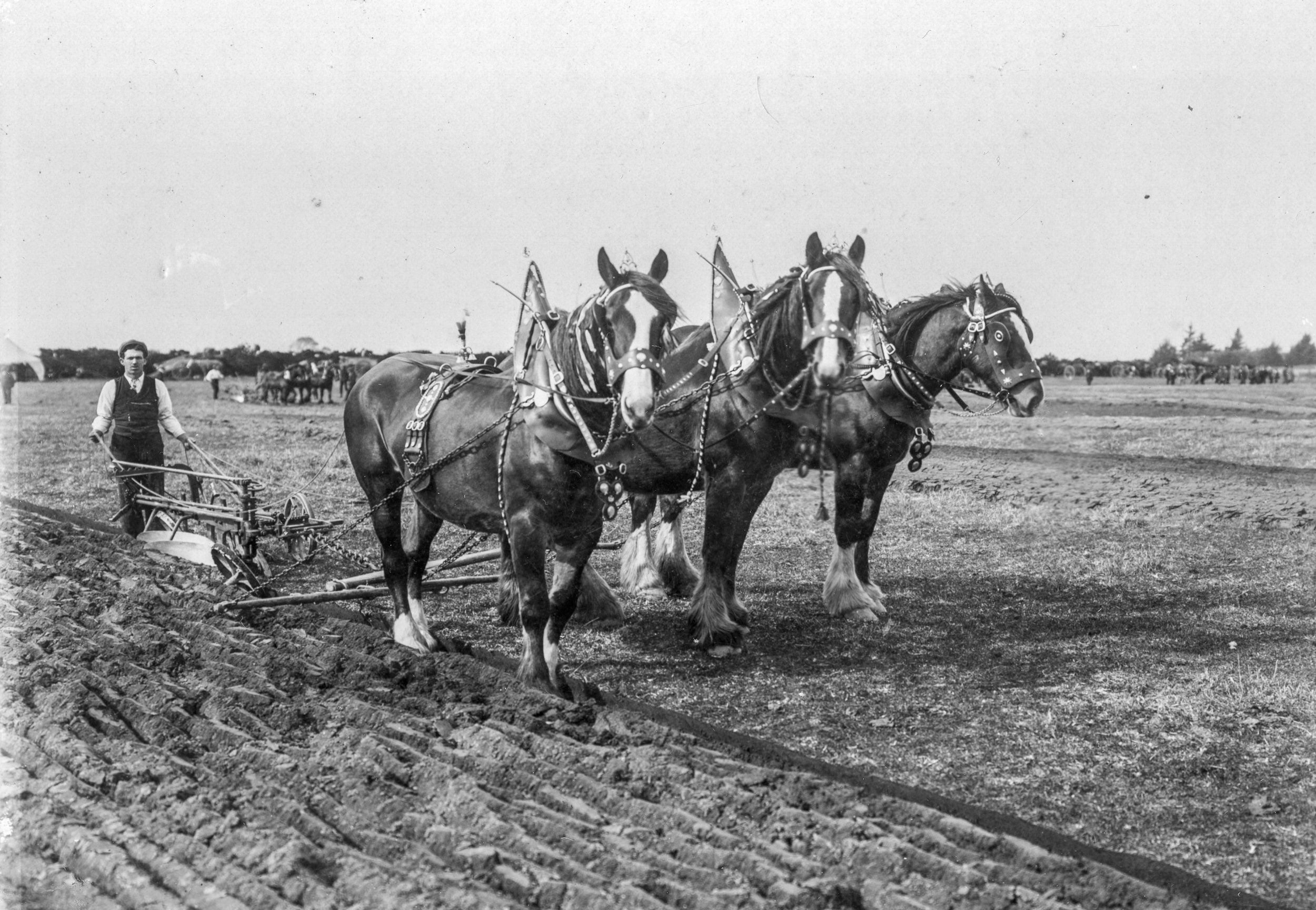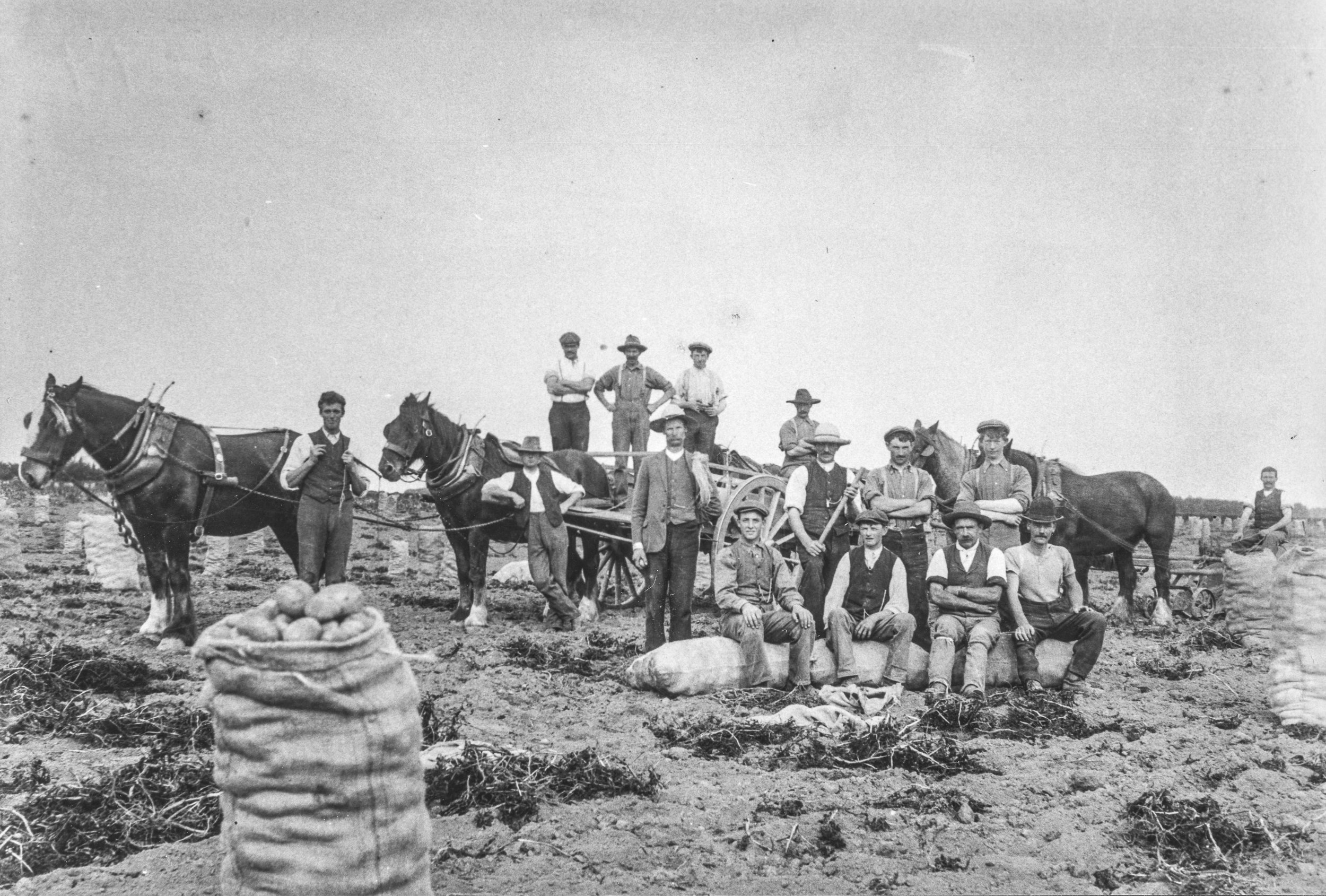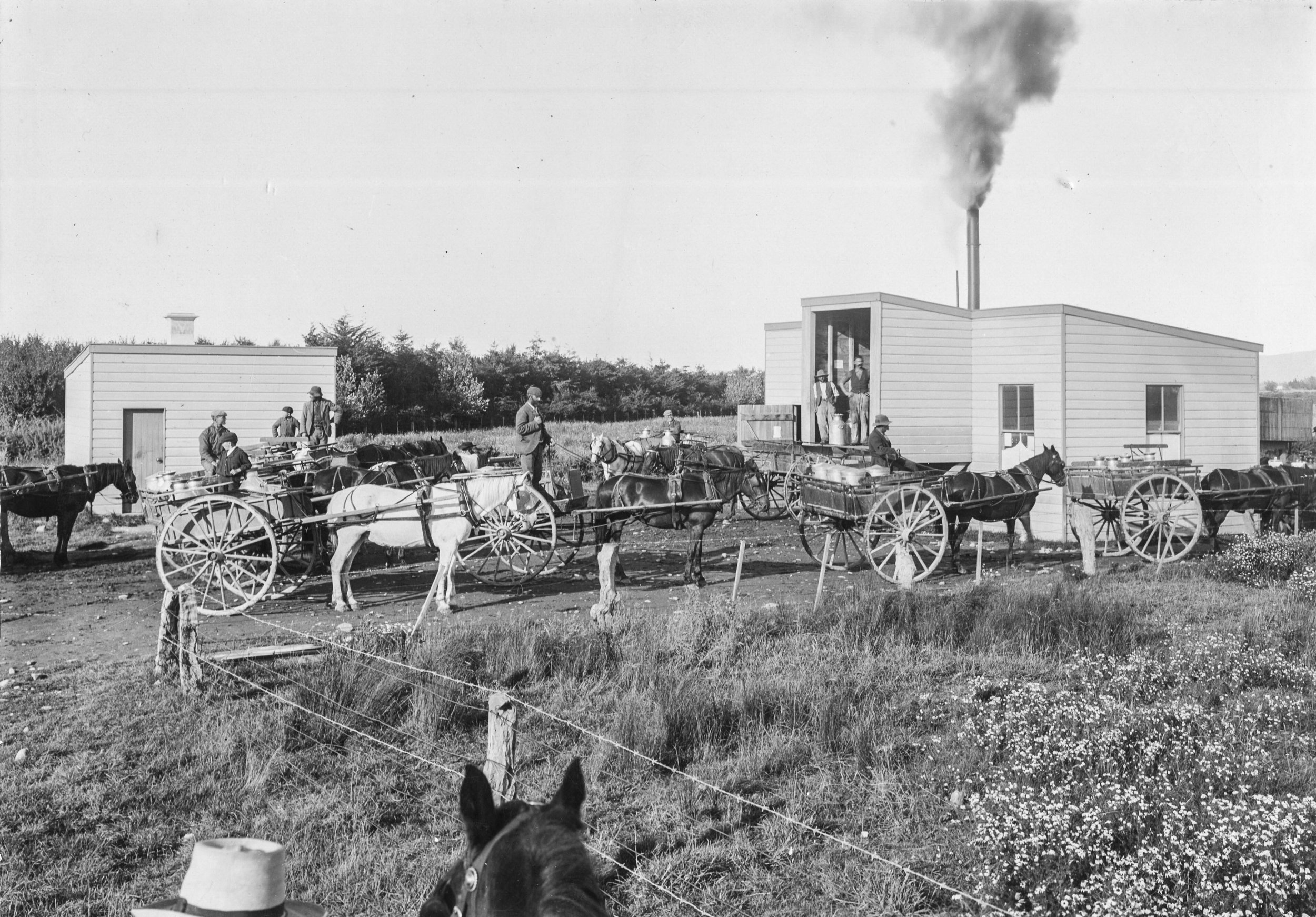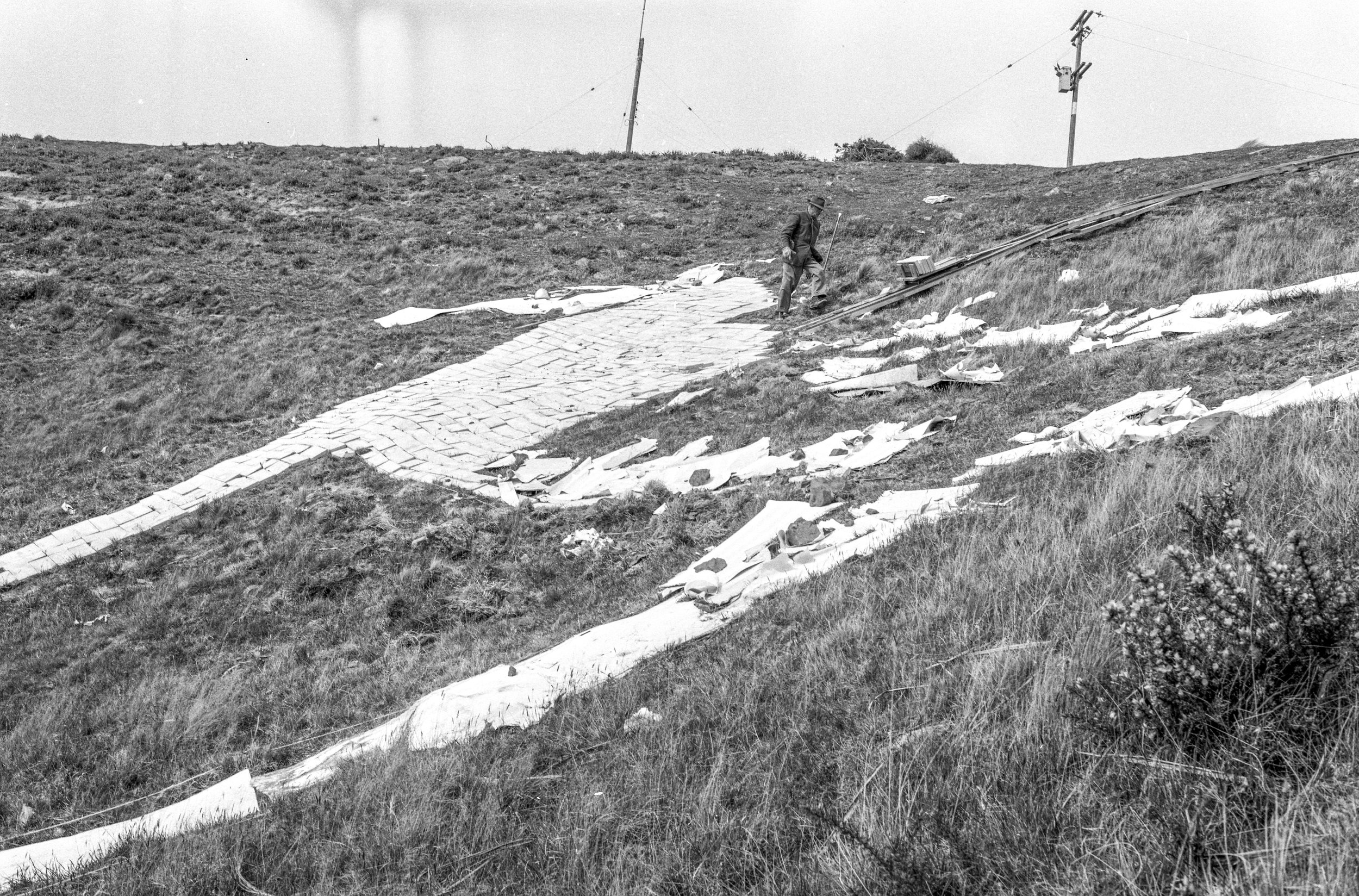The White Horse
Waimate district’s rich agricultural history is celebrated by the iconic White Horse on the hill at Centrewood Park overlooking the town and coastal farmlands. The viewing platforms at the White Horse are the perfect place to soak in the panoramic views of the Pacific Ocean to the Southern Alps.
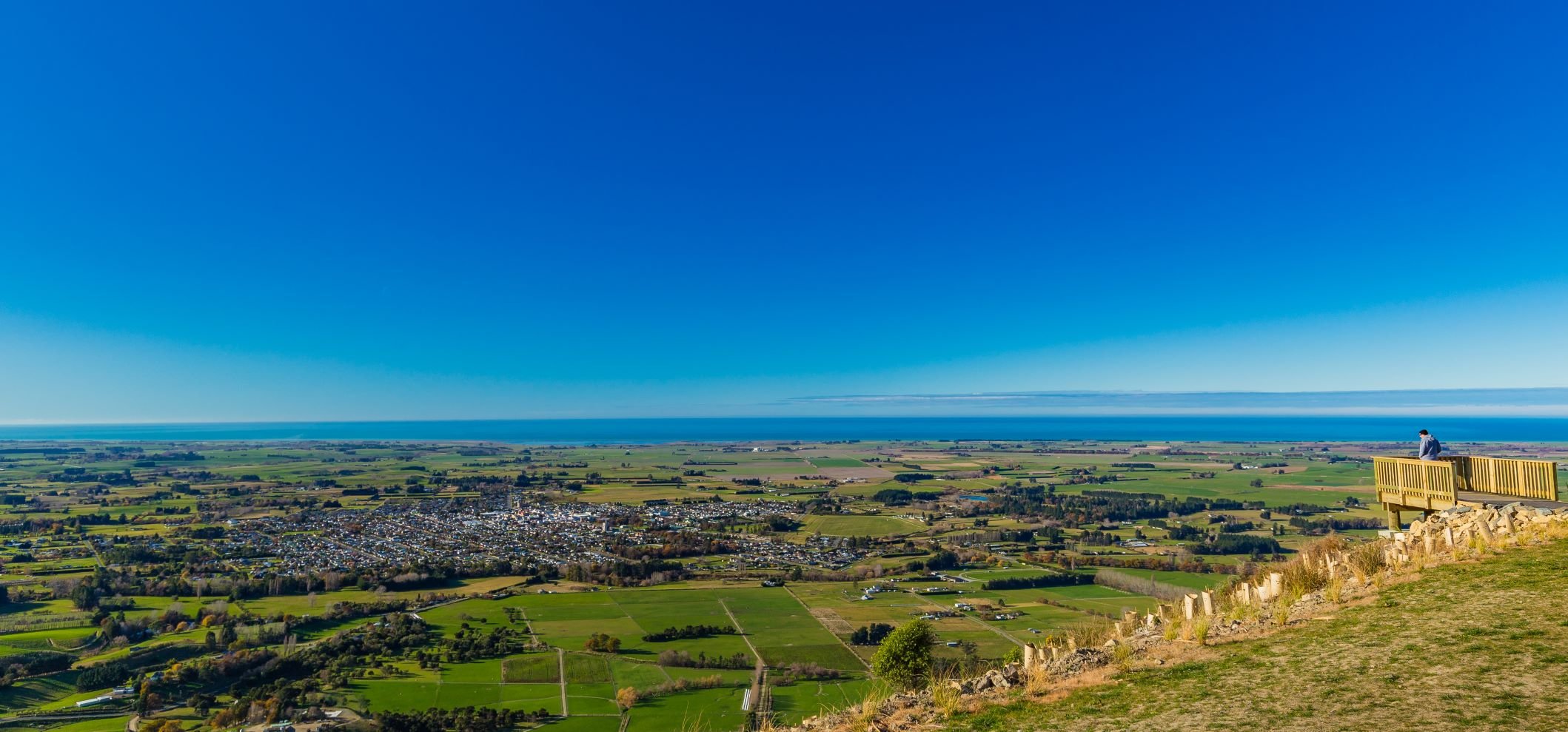
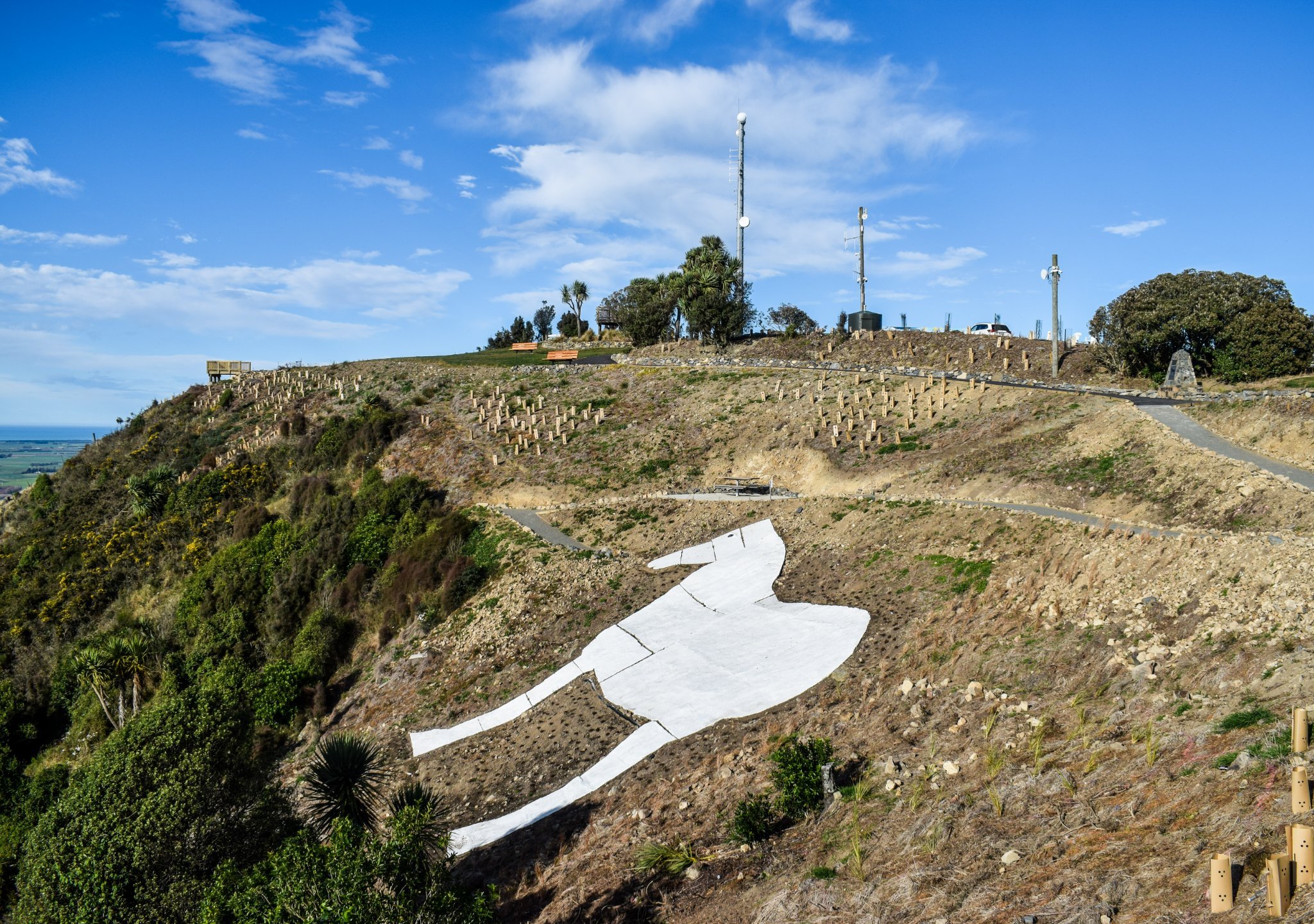

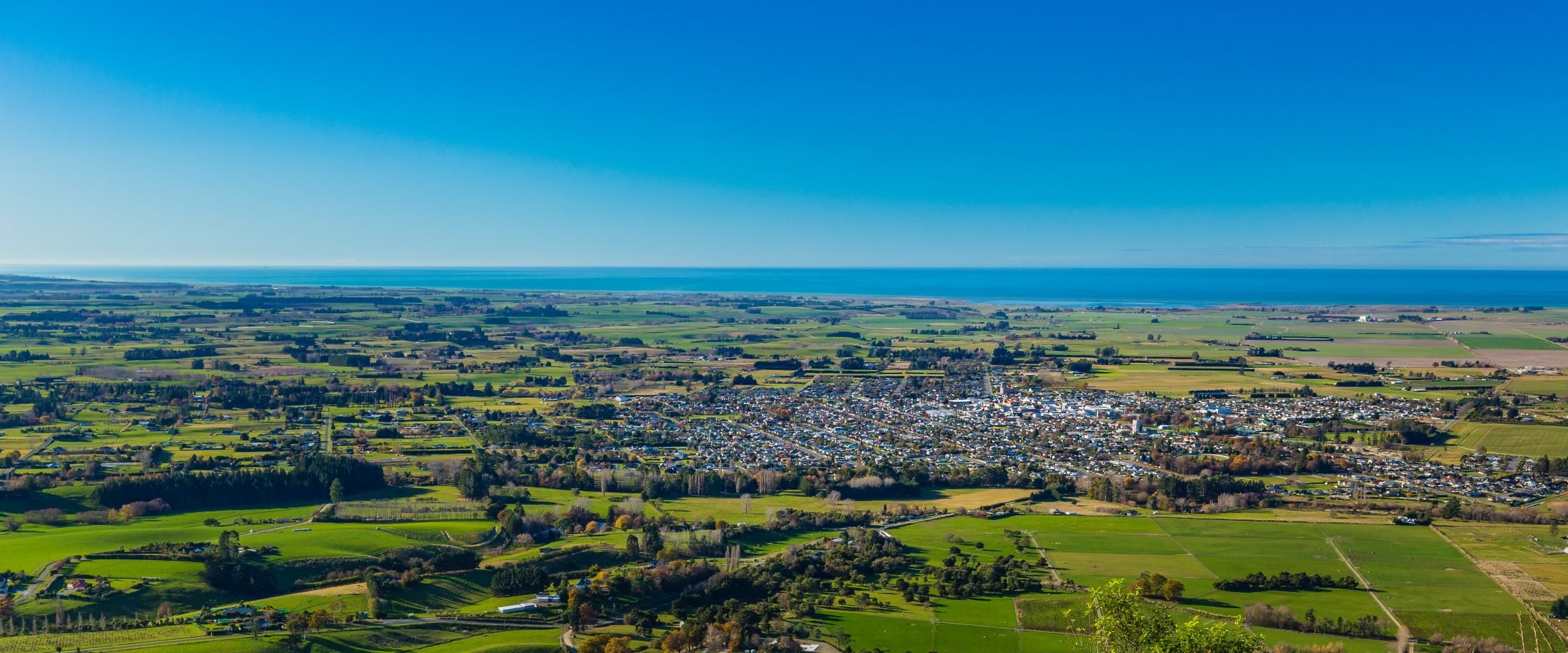
Getting there..
Mountain biking the Big Easy Track.
Walking to the White Horse
There are three options for walking, all require a good level of fitness, or just take it slowly and stop when you need.
Hike up to the horse on the White Horse Walkway starting at the car park at the top of Point Bush Road. The track is steep in parts, rising from 145m to 400m.
Studholme Bush walking track is a three - four hour return trip, depending on your fitness. It's a long steep climb at the start, rewarded by amazing views at the top. The walk from the top of Studholmes Bush hill to the White Horse look out is reasonably flat, with a rise at the end. Again, the views from the top looking over the town, out to sea and up the coast are worth the walk. This track starts at the main carpark at the entrance to Waimate Gorge.
The other walking option is the Big Easy Track. Beginning from the White Horse carpark at the top of Point Bush Road, this track is a shared use track so be sure to keep an eye out for mountain bikers and runners who also use the track.
Biking to the White Horse
Mountain bike up the Big Easy Track. For the keen mountain bikers, make the most of the network of mountain bike tracks that can be found off the Big Easy Track - ranging from intermediate through to advanced.
Driving to the White Horse
A 20 minute drive, signposted from the intersection of Mill Road and Queen Street, Waimate.
How big is the White Horse Monument?
18.29m high
14.63m long
4.88m headf (2.5 ton)
396.24m above sea level
A landmark tribute to working horses
Built in 1968, the white horse is a testament to one man’s dream and determination. Retired farmer Norman Hayman returned from a European holiday inspired by a Friesian cow statue in Holland. He reckoned that the Clydesdale horse deserved a similar tribute for its contribution.
From the time the area’s first European settler Michael Studholme took up Te Waimate run in 1855, horses played a vital role pulling the ploughs to work up the tussocky country for farming. By the 1870s Te Waimate run had 100 working draught horses, and employed teamsters, blacksmiths, and a saddler along with station hands. In those days blacksmiths were more plentiful than fuel stations are now.
Farms couldn’t have been cultivated without the double furrow plough, the four draught horse team and the teamster. Thousands of ploughs were used for the huge wheat harvests of the 1880s and 1890s.
Horses pulled the farm implements, with their driver walking behind. A team could travel 32kms a day in the field, ploughing, sowing and later harvesting crops like wheat and potatoes.
The local councils had teams of horses for making roads. At one time there were 32 four-horse teams at the Morven Railway yards, to load grain onto the railway trucks. Today, not even the railway station remains. Horses also pulled the carts of milk and groceries that were delivered around the town and further afield.
For rural families, horses were the sole means of travel to town. Horses provided entertainment too: The Waimate Racing Club held its first meeting in 1867 and the country’s first Grand National steeplechase was run near Waimate at Willowbridge in 1875, thanks to a suggestion by one of Michael Studholme’s Irish station hands.
The flat-roofed grandstand was at the centre of the course, with the jockeys’ rooms and a drinking booth on the lower level. As a result, the occupants of the stand had plenty of fights to watch between races!
Clydesdales and Shire horses were well-established in Waimate district before 1900 but when new technology arrived, in the shape of traction engines and tractors, horse numbers fell.
In 1921 there were 7545 horses in Waimate district, including 5036 draught horses. Clydesdales were worth about 65 pounds in the 1920s, and fell to 15 pounds in the Great Depression of the 1930s. From that time tractors gradually replaced the faithful horses, and by the mid-1950s the horses were gone.
Norman Hayman grew up working with horses on the family farm at Studholme. He became a champion ploughman and didn’t want people to forget the work of the loyal Clydesdale and Shire horses.
Working the land
Norman’s experience with horse teams began on his parents’ farm during his early school days at Studholme. He left school at 15 to work on the farm. ‘I had to get up at 5.30 in the morning and bring the horses in to give them two hours of solid feeding and grooming. Then at eight o’clock sharp the chains were tightened and work began until noon.
Two year old colt - Crown Royal. NZ. Centrewood Estate.
‘The horses had their own built-in time clock because they would always try to knock off one round before noon. At half-past five in the evening I would cover the horse up and sometimes head off for a dance.’
Norman’s research with the Ministry of Agriculture, showed that Clydesdales were well - established in the Waimate district before 1900. By 1918, the peak year of the working horse population there were 351,544 draught horses in New Zealand - 8,233 of them in Waimate district. By 1921 the number had dropped to 319,034. But by 1965 - 66 the tractor had taken over completely, and no draught horses were listed.
‘The terrific strength of the draught horses was clearly demonstrated to me when I purchased my first tractor,’ Norman wrote. ‘Three horses could pull a dray load of shingle from the pit, but a presumably powerful tractor could not.’
Norman died in 1988, and his contribution to the district through this iconic memorial will always be remembered.
(With thanks to Mr Hayman’s daughter, Edna Horsnell, for access to her father’s personal scrapbooks, and Lloyd Kenyon’s story published in the Weekly News, June 23, 1969.)
Construction of the monument
During the 1960s a Development Society was formed in Waimate to promote industry and holiday attractions in the district. Local farmer Jack Sutherland, of Centrewood, gave 10ha to the Waimate Development Society for a look-out and park overlooking the town. Norman put forward his suggestion for a Clydesdale horse statue, but the cost was too high.
In his own words, from notes he made at the time, Norman wrote: ’I then came up with a plan of a silhouette, twice the size of a horse, in a concrete slab on its edge. There was still doubt about the size being sufficient. Time was going on and no monument.
‘I was given the idea of the White Horse of England, which I tried with wallpaper on the face of the hill. This was the start of the action, but the steep rocky face of the hill was too heartbreaking to smooth over. My next move was to the smooth valley close by, not so good for viewing, but where I could work myself. A load of plaster board scrap from the dump, laid in outline, proved the monument would be too small, but I was in business, and ordered 200 paving stones.’
It took Norman, his wife Betty, and their helpers, three months to lay 1220 concrete slabs. The 2.5 ton head was precast in Ron Hutt’s yard.
The final cost was $240, met by donations from ‘old time’ farmers, teamsters, and others who admired the Clydesdale horse.
They chose the right spot – the horse was reportedly used as a landmark by fishermen at sea before they had GPS.
The original concrete base was refurbished over the years by the Waimate Lions Club, Rotary Club of Waimate and others in the community.
Norman Hayman working on the construction of the White Horse, 1968.
Building the White Horse
